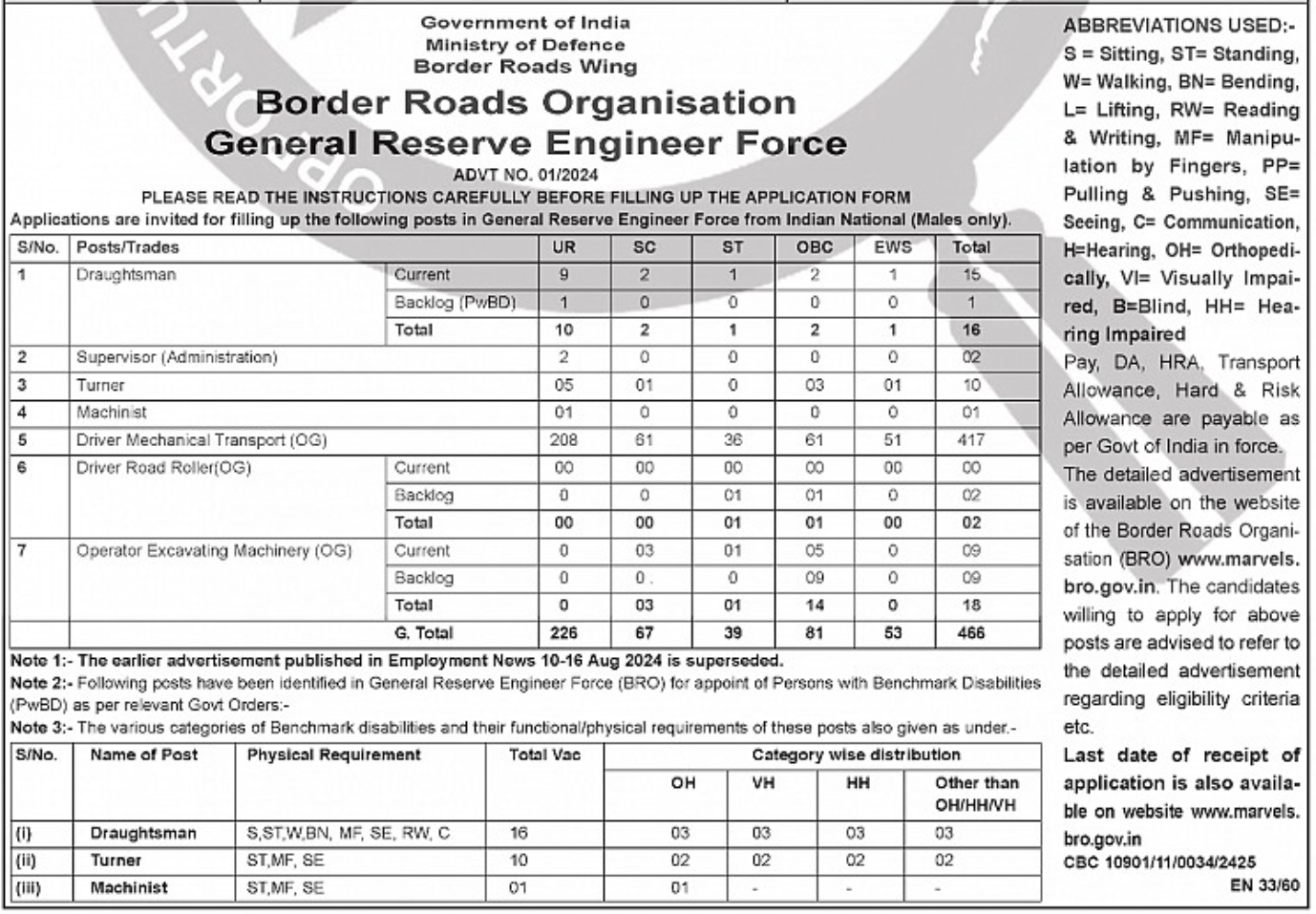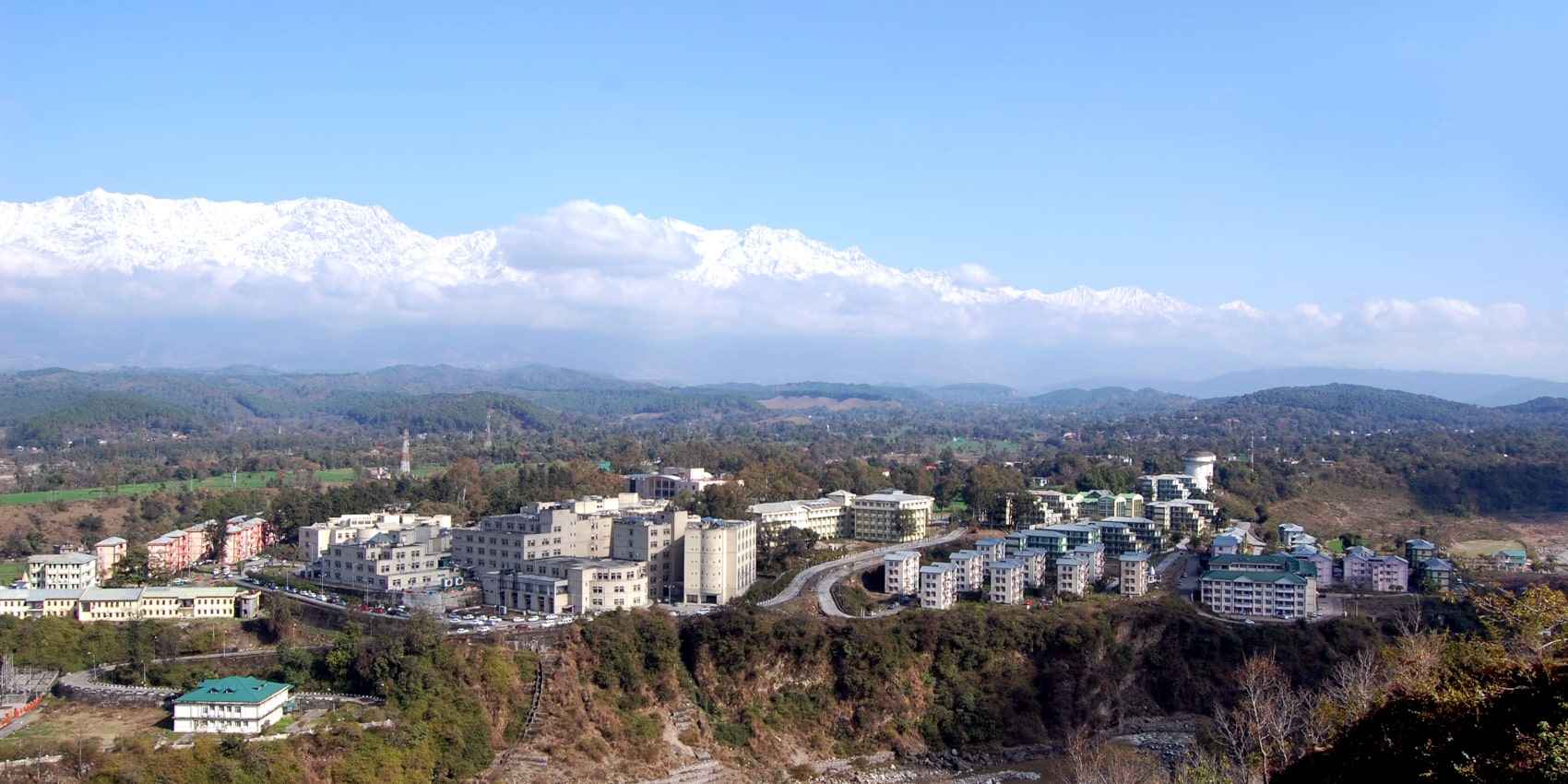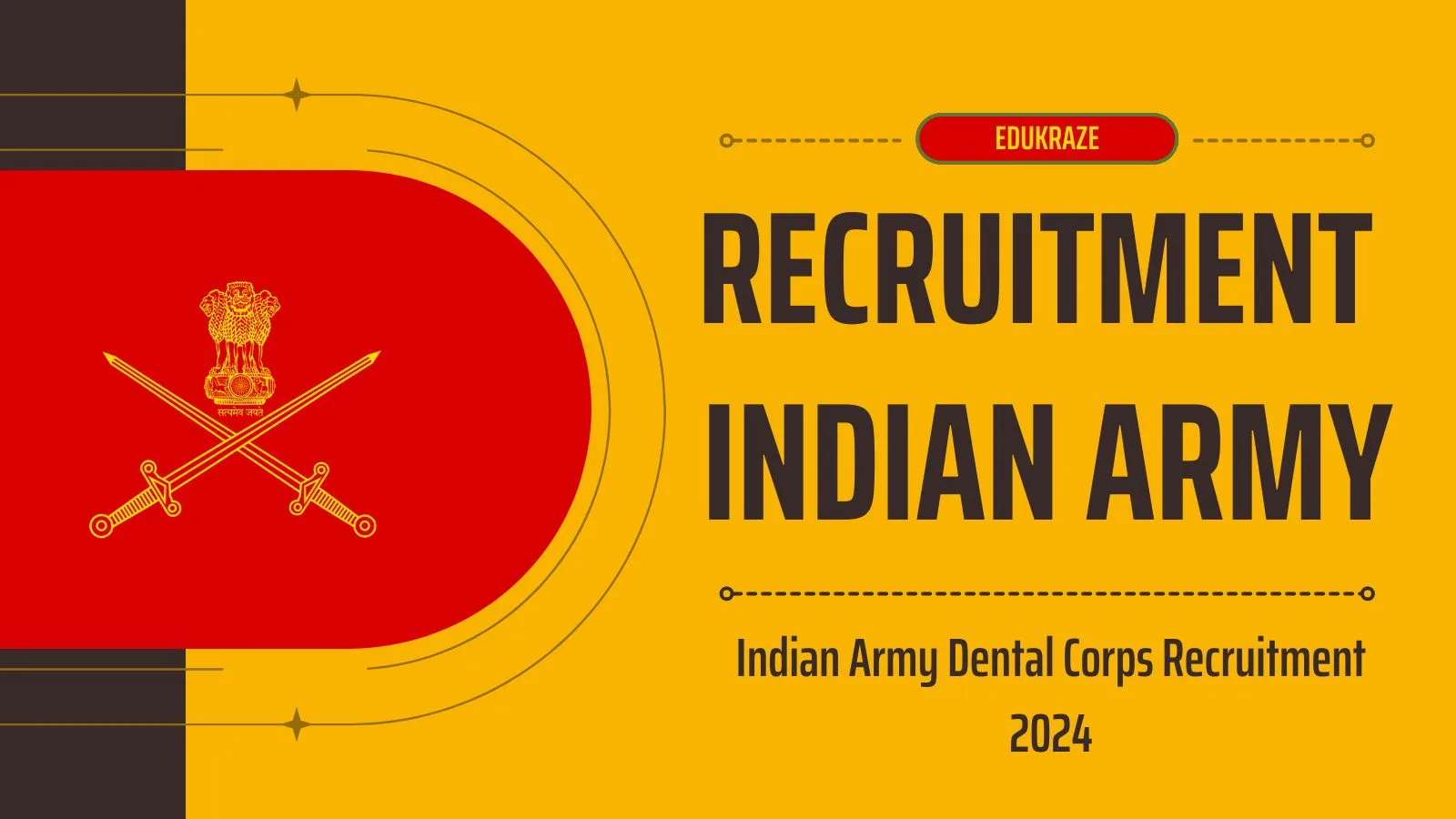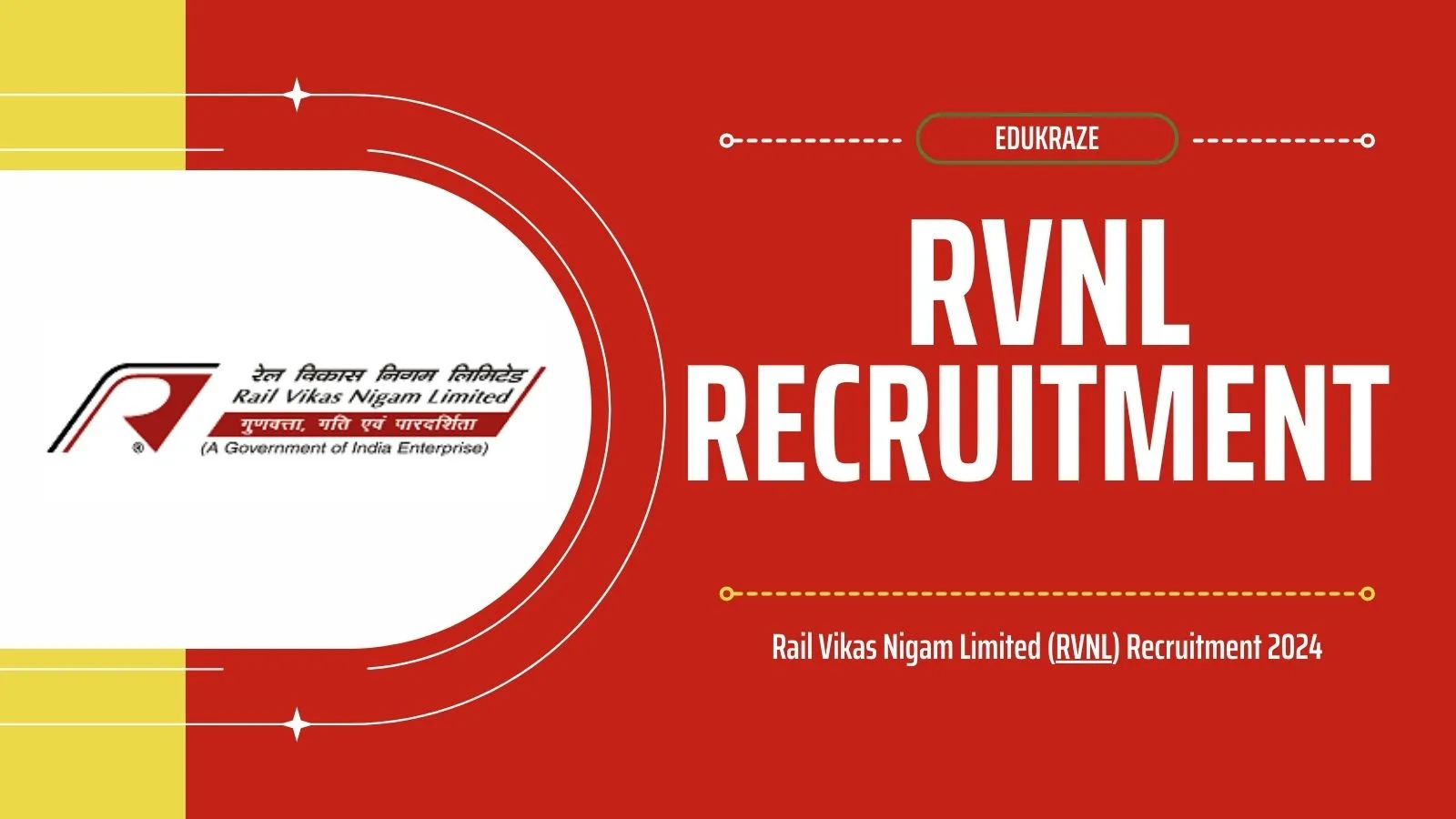Table of Contents
"Education is not the learning of facts, but the training of the mind to think." - Albert Einstein
Introduction
India is known for its highly competitive education system, where students are pushed to their limits to excel in exams. From the Joint Entrance Examination (JEE) for engineering to the National Eligibility cum Entrance Test (NEET) for medical sciences, Indian exams are rigorous and extremely challenging. This article aims to explore the reasons why Indian exams are so competitive and the impact it has on students.
The History of Competitive Exams in India
Competitive exams have been a part of India’s education system for centuries. In the ancient times, exams were conducted to recruit civil servants for the administration of the country. The British Raj introduced a formal education system in India, which also included competitive exams. The first competitive exam in India was conducted in 1853 to recruit candidates for the Indian Civil Service.
The Reasons Behind the Competitiveness of Indian Exams
There are several reasons why Indian exams are so competitive. One of the main reasons is the sheer number of students appearing for these exams. For instance, around 1.6 million students appear for the JEE exam every year, competing for only around 15,000 seats. Similarly, for the NEET exam, around 1.3 million students appear for approximately 90,000 seats.
Another reason is the emphasis on rote learning in India’s education system. The curriculum is designed in such a way that students are required to memorize vast amounts of information without truly understanding it. This approach is reflected in the way exams are conducted, with a greater focus on recalling information rather than applying it.
The limited number of seats in top educational institutions is also a contributing factor. The top colleges and universities in India are highly sought after, and only a select few manage to secure admission. This leads to cut-throat competition among students.
The Impact of Competitive Exams on Students
The pressure to perform in competitive exams can take a toll on students’ mental health. Many students suffer from anxiety, depression, and other mental health issues due to the intense competition and pressure to succeed. The lack of focus on holistic development can also impact students’ overall growth and development.
Moreover, the emphasis on rote learning can limit students’ creativity and critical thinking skills. Students are often taught to memorize information rather than develop analytical skills or engage in meaningful discussions.
The Way Forward
India’s education system needs to shift its focus from rote learning to skill development. The curriculum should be designed in such a way that it encourages creativity, critical thinking, and problem-solving skills. The emphasis should be on holistic development, rather than just academic performance.
Furthermore, the number of seats in top educational institutions should be increased to accommodate more students. This would reduce the intense competition and help relieve the pressure on students.
Conclusion
The competitiveness of Indian exams can be attributed to several factors, including the sheer number of students, the emphasis on rote learning, and the limited number of seats in top institutions. This competitiveness can have a negative impact on students’ mental health and overall growth. To address this issue, India’s education system needs to shift its focus from rote learning to skill development and increase the number of seats in top educational institutions.
FAQs
1. Why are Indian exams so competitive?
Indian exams are competitive because of several factors, including the sheer number of students appearing for these exams, the emphasis on rote learning, and the limited number of seats in top educational institutions.
2. How do Indian exams impact students’ mental health?
The pressure to perform in Indian exams can take a toll on students’ mental health, leading to anxiety, depression, and other mental health issues.
3. What changes can be made to address the issue of competitiveness in Indian exams?
India’s education system needs to shift its focus from rote learning to skill development. The curriculum should be designed in such a way that it encourages creativity, critical thinking, and problem-solving skills. The emphasis should be on holistic development, rather than just academic performance.
Furthermore, the number of seats in top educational institutions should be increased to accommodate more students. This would reduce the intense competition and help relieve the pressure on students.
4. What is the impact of the competitiveness of Indian exams on students’ overall growth and development?
The competitiveness of Indian exams can limit students’ creativity and critical thinking skills, impacting their overall growth and development. Students are often taught to memorize information rather than develop analytical skills or engage in meaningful discussions.
5. How can students cope with the pressure of competitive exams in India?
Students can cope with the pressure of competitive exams by practicing self-care, such as getting enough sleep, exercising regularly, and seeking support from friends and family. They should also focus on their strengths and areas of interest, rather than just aiming for academic excellence.
Conclusion
Indian exams are known for their competitiveness and rigor, which can have both positive and negative impacts on students. While it is important to strive for academic excellence, the education system should shift its focus from rote learning to skill development and holistic growth. By doing so, students can not only succeed in exams but also develop into well-rounded individuals who can contribute to society in meaningful ways.
Do Follow us on Facebook and For More Updates on Competitive Exams Checkout our Website
























